
ADL has partnered with Venti-Now’s to advise on the design and procurement of the electronic components and build the first 50 units on a very aggressive timeline
Due to rising concern in early 2020 that hospitals would be overwhelmed by COVID-19 patients requiring ventilators, a Cincinnati-based non-profit called Venti-Now was formed to explore the possibility of developing a low-cost, portable ventilator. This Class II medical device would need to control
- tidal volume
- inspiration time
- I/E ratio
- breaths per minute
all extremely important elements for treating COVID-19 patients. With the overwhelming need for ventilators around the world, this simple system could fill a niche for underdeveloped countries that may lack access to sufficient equipment.
Venti-Now was founded by a retired P&G engineer who quickly gathered a team consisting of medical, engineering, scientific and manufacturing professionals. The effort was funded and supported by UC Health, UC Engineering, P&G, and YourEncore. Within months, the FDA granted an Emergency Use Authorization for the rapidly developed design, and units were placed in locales such as Uganda and Tanzania. Due to its ease of use and robust design, the Venti-Now ventilator fills a critical healthcare need for underdeveloped nations at a fraction of the cost of ventilators in more developed countries.
ADL Technology, a contract manufacturer of printed circuit board assemblies, has had the privilege of being counted as one of Venti-Now’s partners by advising on the design and procurement of the electronic components and building the first 50 units to meet a very aggressive timeline. As Venti-Now moves to the next development stage, ADL continues to work side-by-side with them to
- validate design improvements
- expand the feature set
- improve manufacturability
- expedite additional prototypes and production builds
We look forward to continuing to be part of the long-term support strategy. At this stage of the product development cycle, Venti-Now, a 501(c)(3) organization, is seeking partnerships to further commercialize the device and make it more readily available. ADL is grateful to be a part of this effort to take this product to the next level and continue to save lives across the globe.


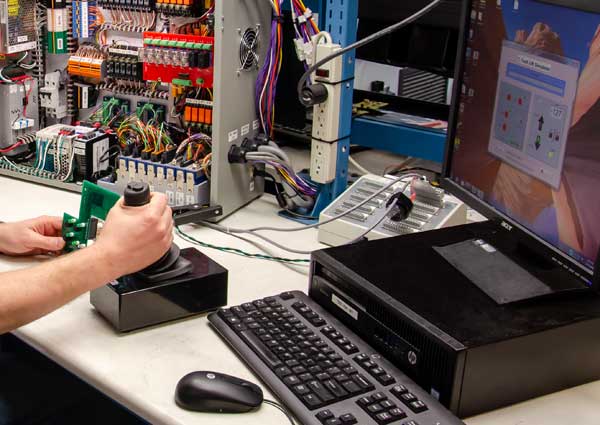 Testing your printed circuit board assembly is a balancing act. You want to maximize the coverage of the test without making it cost prohibitive and bogging down the production process. Having a good understanding of your PCB assembly and common failure modes is key to developing a test that is both thorough and cost-effective. At ADL, we are constantly working with our customers to develop and improve their test requirements.
Testing your printed circuit board assembly is a balancing act. You want to maximize the coverage of the test without making it cost prohibitive and bogging down the production process. Having a good understanding of your PCB assembly and common failure modes is key to developing a test that is both thorough and cost-effective. At ADL, we are constantly working with our customers to develop and improve their test requirements. With the impact of the pandemic across the globe, consumers and manufacturers are both feeling the pinch of the decreasing availability of products and services. For example, I wanted to upgrade a bicycle sprocket set on my road bike and I received an estimate of approximately 500 days! In the world of Electronic Manufacturing Services, the pinch is just as real. These hurdles can affect lead times and the pricing of electronic components in nearly unfathomable ways.
With the impact of the pandemic across the globe, consumers and manufacturers are both feeling the pinch of the decreasing availability of products and services. For example, I wanted to upgrade a bicycle sprocket set on my road bike and I received an estimate of approximately 500 days! In the world of Electronic Manufacturing Services, the pinch is just as real. These hurdles can affect lead times and the pricing of electronic components in nearly unfathomable ways. In addition to attaching real data to the elements above, working with ADL should provide you with opportunities to
In addition to attaching real data to the elements above, working with ADL should provide you with opportunities to
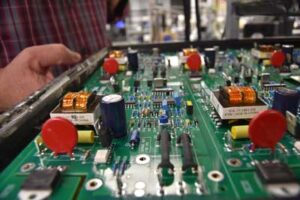
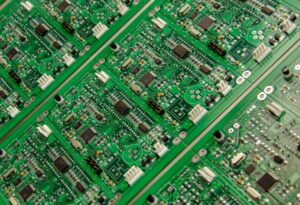

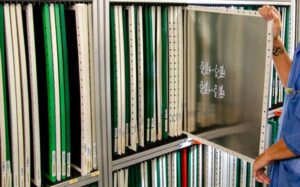

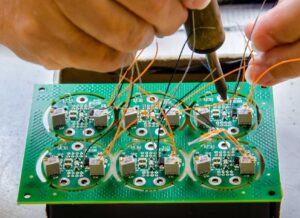
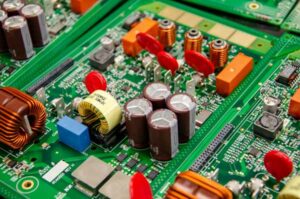
 If you have ever been caught in a highway traffic jam after an accident you know that traffic doesn’t clear up immediately. Supply Chain and Operations explain this effect using Queuing Theory. Queuing Theory tells us that slowdowns will persist, and secondary reactions will occur complicating manufacturing for some time. Even now that the pandemic is over manufacturers looking to survive, even thrive should work to make their supply chains resilient and more secure.
If you have ever been caught in a highway traffic jam after an accident you know that traffic doesn’t clear up immediately. Supply Chain and Operations explain this effect using Queuing Theory. Queuing Theory tells us that slowdowns will persist, and secondary reactions will occur complicating manufacturing for some time. Even now that the pandemic is over manufacturers looking to survive, even thrive should work to make their supply chains resilient and more secure. Over the past few weeks, we have been writing about how to keep business as usual in these unusual times:
Over the past few weeks, we have been writing about how to keep business as usual in these unusual times: